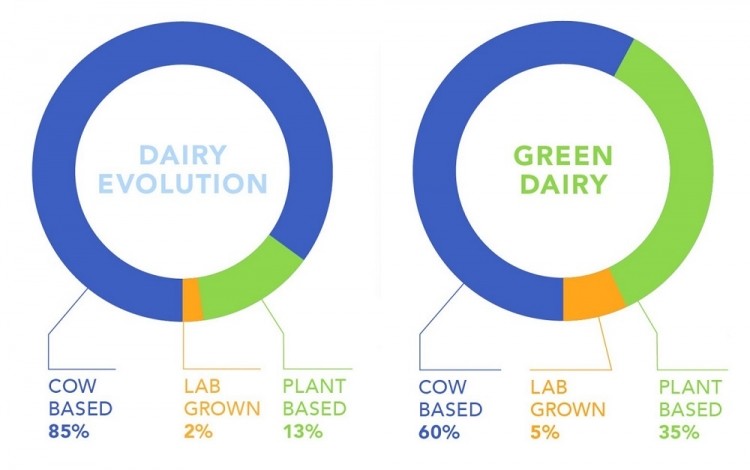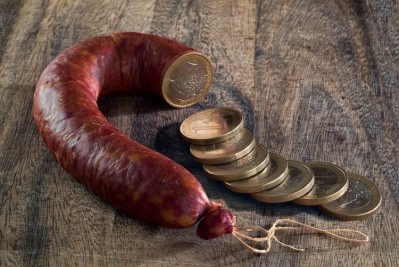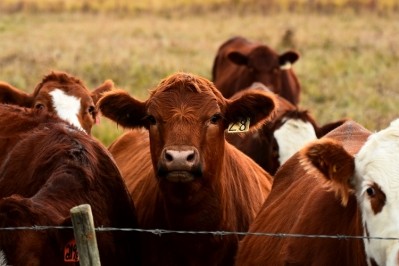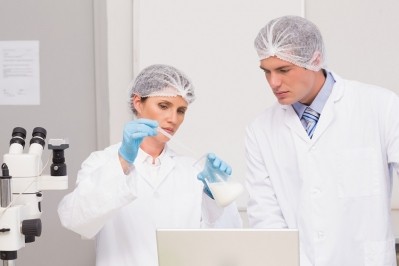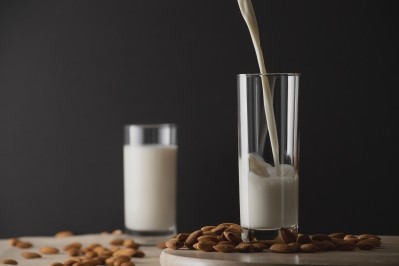Plausible futures of dairy part 1: ‘Massive changes’ to subsidy regulations, stricter animal welfare policies, and struggling factory farms
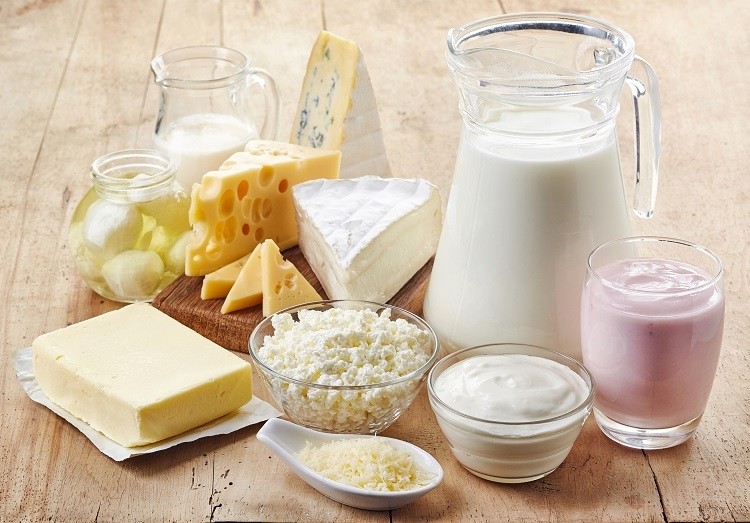
What does the future hold for dairy? Between 2019 and 2030, will business development continue to follow current trends, or will game-changing innovations disrupt the sector?
Forecasting according to existing trends relies on historical data, or to put it simply, ‘looking back in time’, explained Christian Koch, a postdoctoral researcher at Sweden’s Lund University School of Economics and Management (LUSEM).
Together with a team of researchers, Koch has favoured another approach to answer the same question. “This alternative approach assumes that disruptive trends exist that may become important and challenge current dairy industry assumptions,” he explained during a Tetra Pak webcast last week.
These disruptive trends – otherwise known as ‘critical uncertainties’ – are unstable or unpredictable, and could include consumer tastes, government regulations, and new technologies. “This alternative view is the scenario approach for uncovering future, plausible outcomes. In other words, this other view anticipates what may be coming around the corner, but isn’t quite visible yet.”
With funding from packaging giant Tetra Pak, Koch and his colleagues undertook an 18-month research project based on this alternative methodology. Results of the ‘Global Trends Affecting Dairy Strategies’ study are and now in and include four plausible scenarios with vastly different outcomes: ‘Green Dairy’, ‘Dairy Evolution’, ‘New Fusion’, and ‘Brave New Food’.
Green Dairy: ‘Policy-driven food system change’
The Green Dairy scenario, Koch told delegates during the webcast, is a future world characterised by strong socio-environmental restrictions and oppositions. These push dairy farmers and processors to ‘invest massively’ in improving their carbon footprint.
“Society and regulators realise that not only the dietary makeup of a product makes it healthy or not. How it is produced becomes increasingly important for assessing if it benefits human health and planetary health at the same time,” he explained.
The future does not look bright for the entire factory farming sector in this scenario. Indeed, in Green Dairy, only a few ‘mega factory farms’ are able to remain profitable, Koch explained. This is due to ‘massive changes’ to subsidy regulations, which sees animal-based food taxation introduced, alongside stricter animal welfare policies.
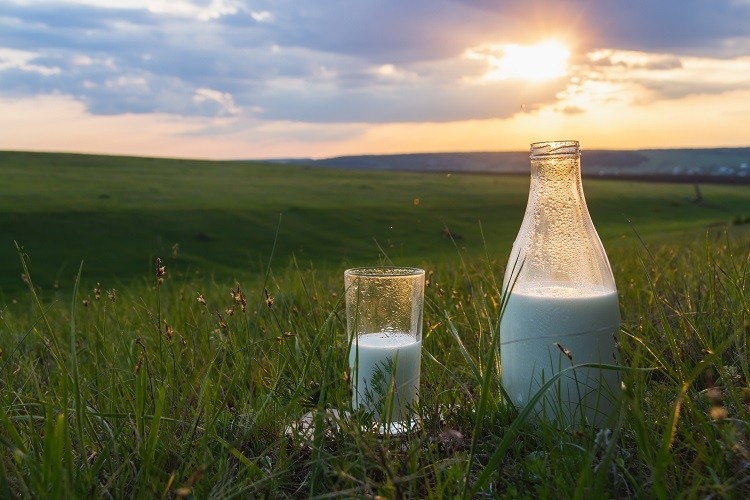
From a cost perspective, consumers could be expected to pay more for cow-based dairy products – particularly in butter and cheese categories. “The image of dairy products has changed,” explained Koch, “and are now being viewed as a high value product instead of a cheap, subsidised staple product”. With these cost increases and changes in perception come consumer realisation that milk can, and does, taste different when sourced from different breeds or regions.
Plant-based dairy alternatives, which as a category is currently enjoying something of a boom, would continue to grow in Green Dairy. This can be associated with the category’s broadly favourable carbon footprint and increased cost advantages compared to traditional dairy.
Further, with consumers ‘hungry for ecological public health’, they will become more adventurous in using food as a tool for environmental action, we were told.
Technological disruptions and transitions remain ‘rather low’, with lab-grown and fermentation-based dairy protein remaining ‘niche’ – with the exception of premium sports nutrition or as a ‘versatile’ ingredient in food production. This is because the technology will have yet to achieve ‘massive’ scaleability, cost-effectiveness, and consumer acceptance.
“In short, what we see in Green Dairy is a policy-driven food system change,” said Koch.
Taxes, subsidies, new food labels
So what are the implications for industry? The researchers also determined a selection of potential developments over time under this scenario, including tax, subsidy, and food labelling changes.
In Green Dairy, a political consensus is reached that the food system is broken, and one needs to operate within ecological, planetary boundaries, Koch explained. “Dairy tries to tell a better story, but struggles with public opinion of dairy being bad for animal and planetary health. Wrongdoings of dairy factory farms related to animal welfare and the environment are the tipping point in society and for political leaders.”
Therefore, said the postdoctoral researcher, following the introduction of a red meat tax, a dairy tax may be next.
In Green Dairy, the European Union is the first to introduce compulsory labelling guidelines for food products’ climate impact in relation to its nutritional value. This law, we were told, creates competitive advantages for plant-based products and producers.
Those in the dairy industry, and particularly farmers, will lose their political power in ‘most parts of the world’, and instead of subsidising animal-based farming, governments will support their transition to crop farming instead. “The dairy farmer crisis intensifies and only those smart enough to transition [or] able to offer premium, artisanal, craft products, flourish.”
The future success of the industry was dependent on continuity in government policy, Koch explained, which ‘began to erode’ against the background of risks and efficiencies related to mega factory farming.
“Change in the engrained cultural habit of buying milk cheaply showed to be difficult, but possible,” he added.
Concerning market segments, the researchers say that by 2030, in a Green Dairy scenario, cow-based milk will account for 60% market share, plant-based for 35% and lab-grown for 5%.
“The expected consequences are that the majority of dairy products will still maintain their traditional origin from a cow on a dairy farm, but this plausible reality would see over one-third of products being based on plants,” Koch commented.
Dairy Evolution: ‘A kind of business-as-usual scenario’
Another plausible scenario outlined by the LUSEM researchers focused on an evolutionary – rather than revolutionary – world. “This is…a kind of business-as-usual scenario,” explained Koch.
Dairy Evolution is characterised by the continuation of dairy farming consolidation towards mega factory farming, while at the same time, continued plant-based growth.
Similarly to Green Dairy, fermentation-based dairy remains niche. However, very much unlike Green Dairy, in Dairy Evolution only incremental environmental improvements are made and animal welfare issues continue. “The dairy industry manages to tell a convincing story that regulators around the world, and the majority of consumers, buy into.”
With regards to market share, in a Dairy Evolution scenario, the researchers say 85% of dairy will come from cows, plant-based will account for 13%, and lab-grown just 2%.
“Given the moderate nature of the Dairy Evolution scenario, the large majority of dairy products will still maintain their traditional origin from a cow on a dairy farm, while plant-based products will show noticeable growth in this scenario,” said Koch.
The ‘Global Trends Affecting Dairy Strategies’ study was undertaken by Thomas Kalling, Matts Kärreman, Magnus Johansson and Christian Koch, from LUSEM. The team analysed six global markets – the US, UK, China, India, Nigeria, and Brazil – to come up with four plausible scenarios: ‘Green Dairy’, ‘Dairy Evolution’, ‘New Fusion’, and ‘Brave New Food’.
FoodNavigator will investigate ‘New Fusion’ and ‘Brave New Food’ scenarios in the second part of its Plausible futures of dairy article.
